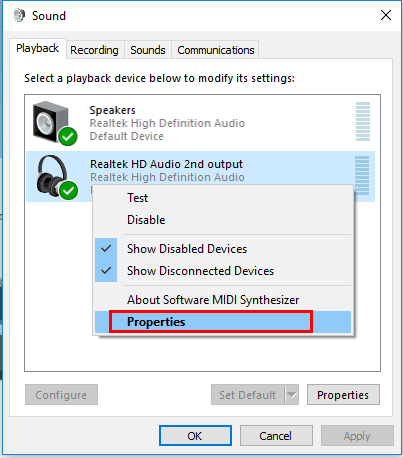Check your sound settings
Internal Speaker Output Device Missing
Internal Speakers Not Listed Output Mac
First, disconnect any cables from the USB, Thunderbolt, or 3.5mm audio ports on your Mac.

Internal Speaker function is abnormal. Check the settings of output device. Type and search Sound settings in the Windows search bar(1), then click on Open(2). Select the Internal Speaker in the section of Choose your output device(3).Tips: The device name may be different based on different models. Want to check if you can hear stereo (two different audio channels, one coming from the left speaker and one from the right)? Use this sound test to quickly find out, without leaving the browser. Click on the left-facing arrow to play a tone through your left speaker, and click on the right-facing arrow to play a tone through your right speaker. If your PC speakers suddenly go mute on you, Windows has a tool you can use to troubleshoot the problem. Your PC console has one, internal speaker. Sometimes the sound coming from an internal speaker is barely audible, so you may need external speakers that provide greater volume and more control of the volume. Internal speakers option had disappeared, although internal microphone and line input functions remained normal. All the tricks described in detail in others places failed to work, headphones connected to the jack do NOT function, but using a Bose wireless Bluetooth headphone works normally.
- From the Apple menu , choose System Preferences.
- Click Sound.
- Click the Output tab, then select the built-in speakers. If you don’t see built-in speakers as an option in the Output window, contact Apple Support.
- If the Output volume slider is set low, move the slider to the right and test again.
- If the Mute checkbox is selected, deselect it and test again.
- If you still don’t hear any sound, contact Apple Support.